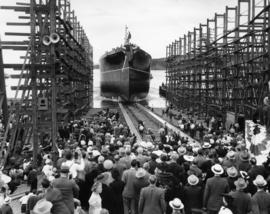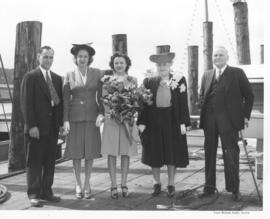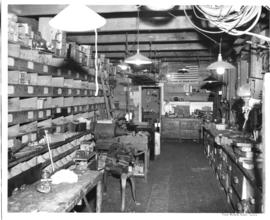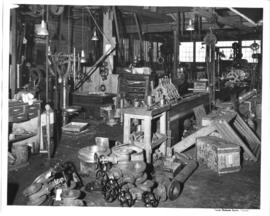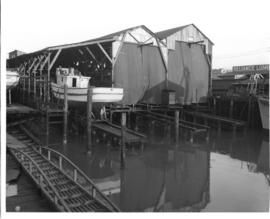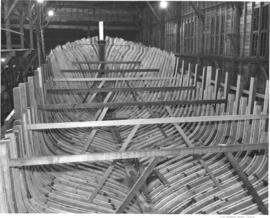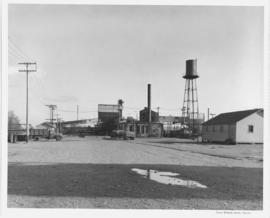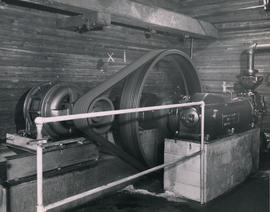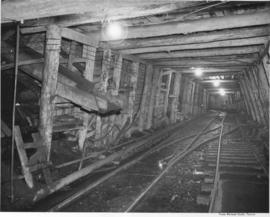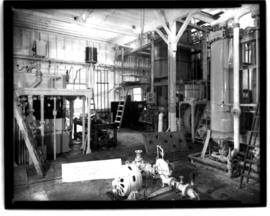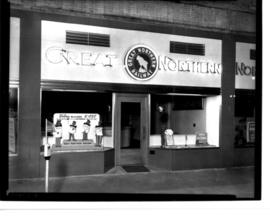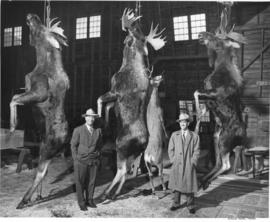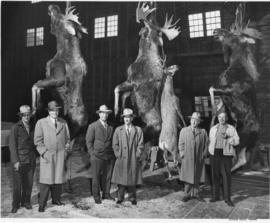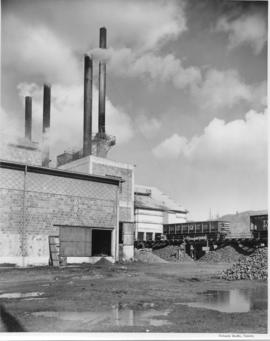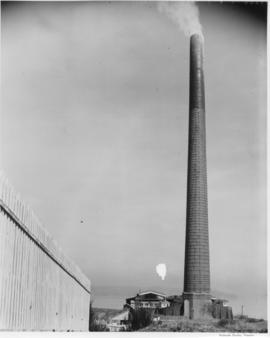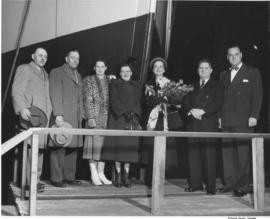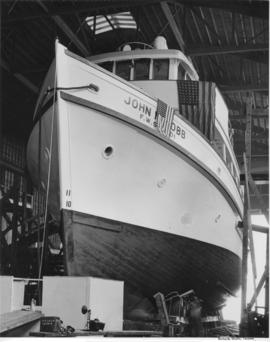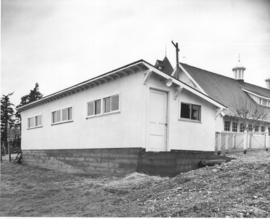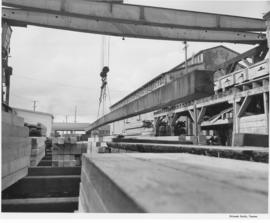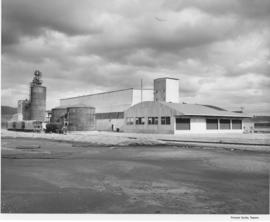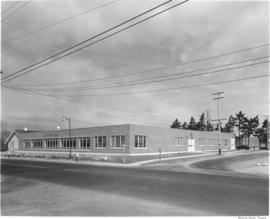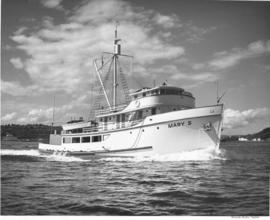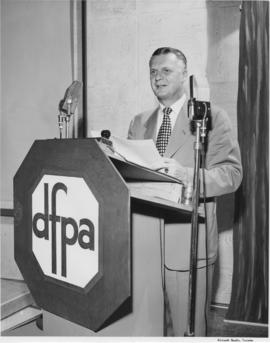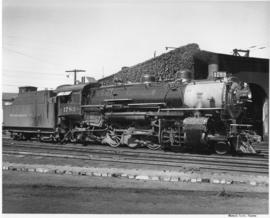- Item
- 1940-08-01
Part of Richards Studio Photographs
Hundreds watched on August 1, 1940 as the Cape Alva slid down the ways at the Seattle- Tacoma Shipbuilding Corporation plant in Tacoma. Originally known simply as Hull #1, the Cape Alva, a freight motorship, was the first vessel to be launched by the Sea-Tac Shipbuilding Co. at their Tacoma site. She was also Tacoma's first major motorship launching in 17 years. The cost of the big steel craft was $2,127,000. She was 416 feet long and 60 feet wide with two 4,000 Horsepower diesel engines and a single four bladed propeller. Seattle-Tacoma Shipbuilding was located at 100 Alexander Avenue on the site of the old Todd Shipyards. The Cape Alva was sold to a private concern in 1948 and scrapped in 1970. (T. Times 7/18/1940, pg. 1; 7/23/1940, pg. 2)
Seattle-Tacoma Shipbuilding Corp. (Tacoma); World War, 1939-1945--Economic & industrial aspects--Tacoma; Boat & ship industry--Tacoma--1940-1950; Launchings--Tacoma--1940-1950;
